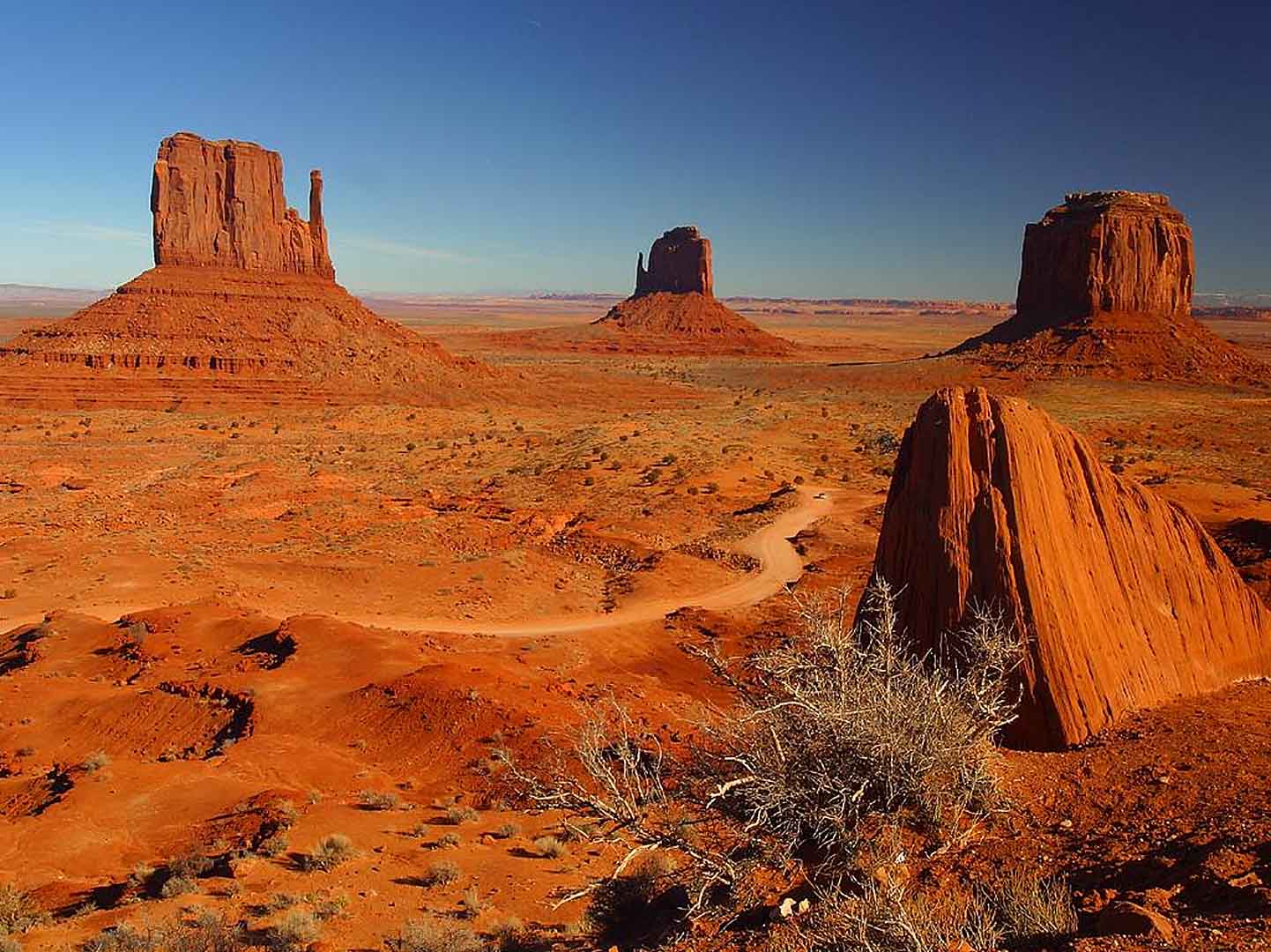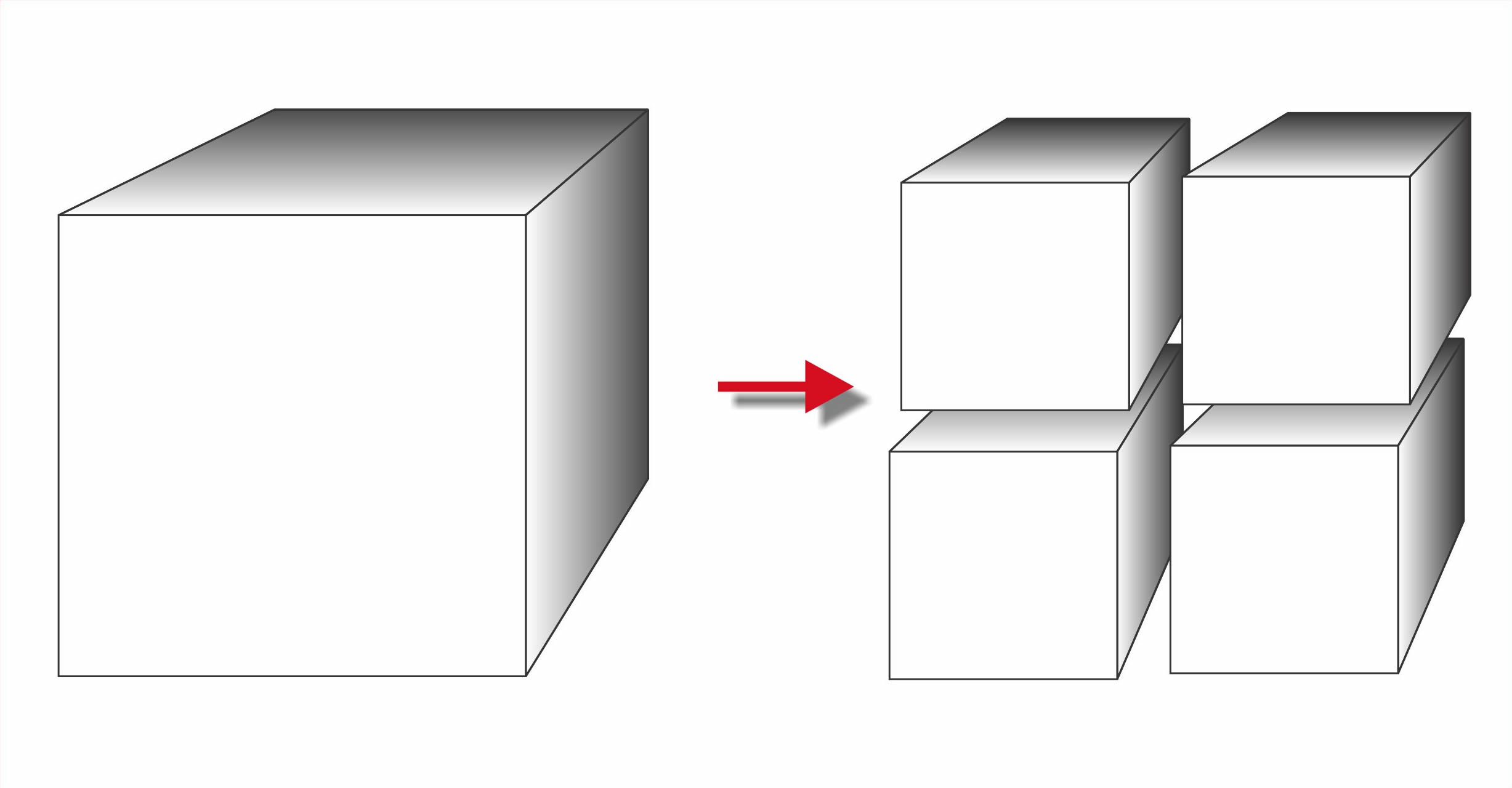C4-3
Rates of Weathering
Weathering occurs fairly slowly and over an extended period of time. Rocks do not all weather at the same rate. Several factors will affect the rate at which rocks weather.
Rock Composition: The mineral content in rocks is a significant factor in how fast they weather. Quartz is an extremely hard mineral, and rocks containing quartz, like granite and quartzite, weather very slowly. Rocks like limestone and marble that contain calcite, however, weather much more quickly.Climate: The climate of an area, particularly its temperature and rainfall patterns, can have a significant effect on weathering. Chemical weathering is more dominant in areas that have warm temperatures and abundant rainfall (e.g., tropical areas like Brazil). Physical weathering is more dominant in areas that have cooler climates with significant seasonal variations in temperature (e.g., northern climates like Canada).
Surface Area: As rock gets broken into smaller pieces, its surface area increases. This increase in surface area increases the rock’s exposure to weathering agents. As rock gets broken into smaller and smaller pieces, the rate of weathering will increase.
Relating annual rainfall and temperature to various types and degrees of weathering processes. Go to Math Link...


